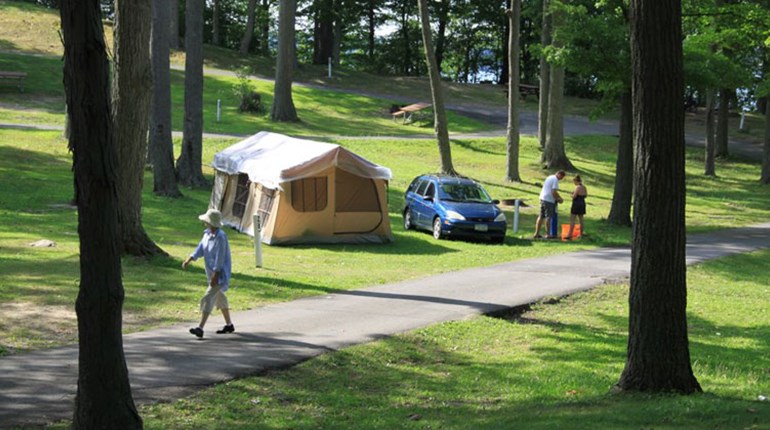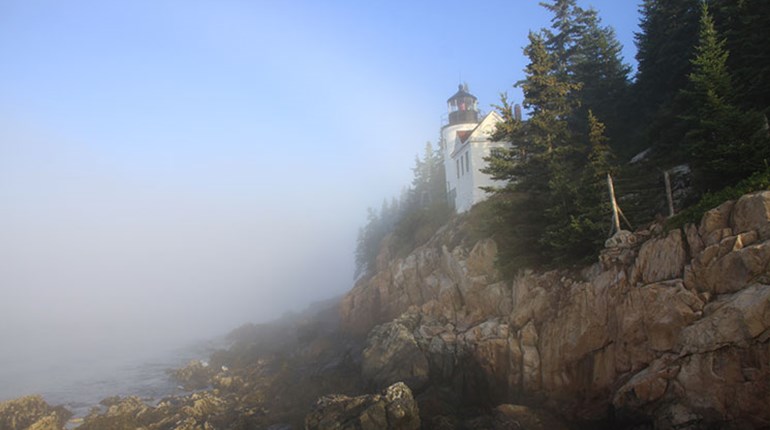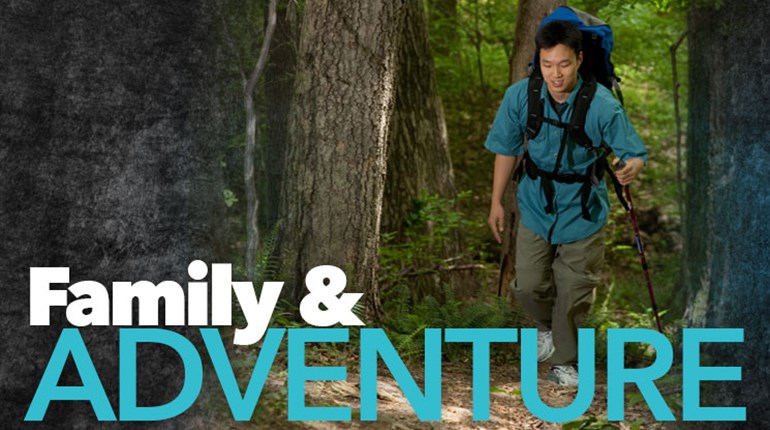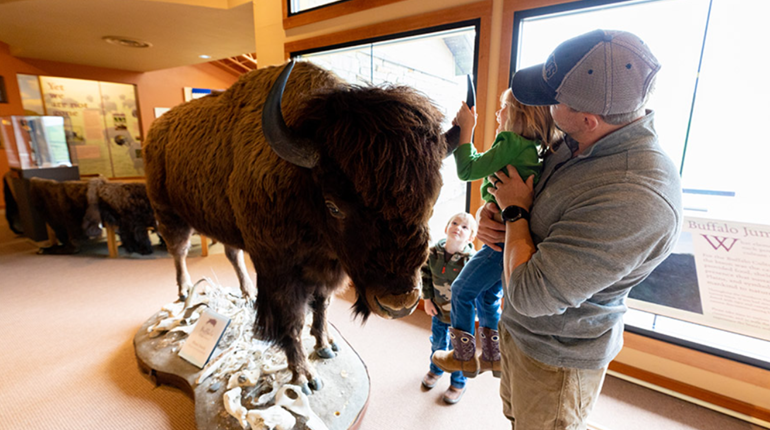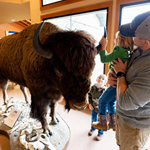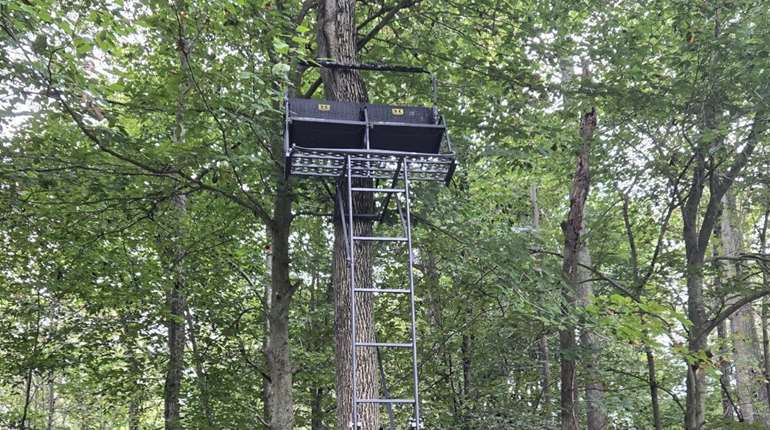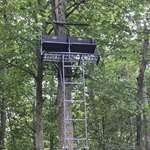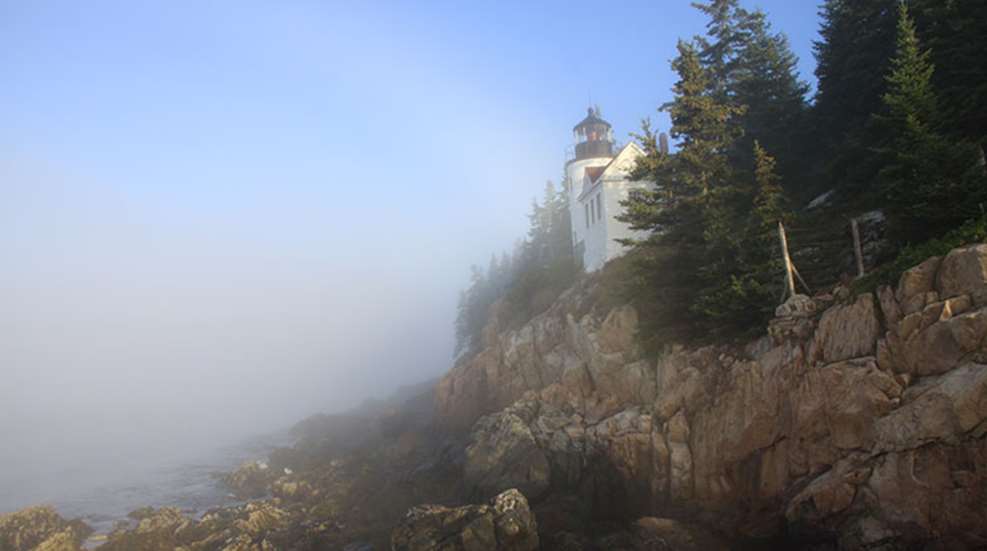
The French explorer Samuel Champlain first saw what one day would become Acadia National Park in 1604. Approaching from the east by sailing ship, he viewed mountaintops devoid of trees, so named the area Isles des Monts Deserts—Island of the Desert Mountains. Over time, the name has morphed to simply Mount Desert Island.
Most of the park is located on Mt. Desert Island, but in reality it is anything but desert. Lush mixed forests of spruce, fir, pine and hardwoods cover much of the island, rising from the water’s edge of the rugged, rocky Maine seacoast. Acadia was officially designated a U. S. national park in 1916, the first east of the Mississippi.
If you’ve never visited Acadia, an excellent way to quickly become familiar with the park is to drive the 27-mile Park Loop Road. You can pick up a map and pay the park entrance fee at the Hulls Cove Visitor Center. From there, proceed south along the oceanfront to view some of the most spectacular coastal scenery in the country.
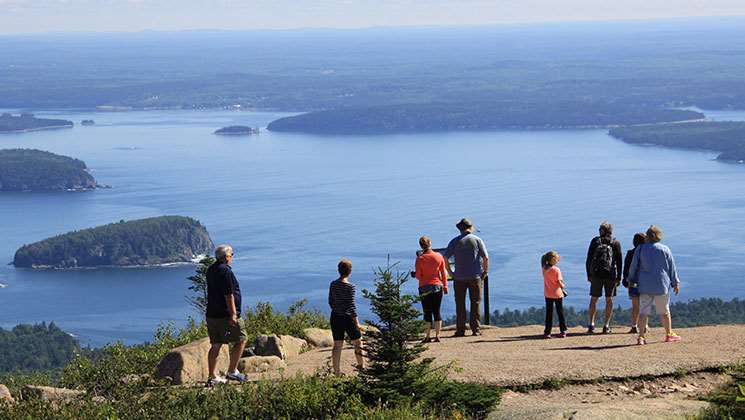
Not to be missed are such places as Sand Beach, Thunder Hole, and the granite cliffs at Otter Point. For visitors seeking a little culture to add to their outdoor experience, tea and popovers are served each afternoon at Jordan Pond House.
To experience Acadia at a slower, more relaxed pace, 45 miles of packed-gravel carriage roads are open to hikers, bikers, equestrians—and during the winter months—cross-country skiers. Financed by John D. Rockefeller, Jr., in the early 20th Century as a gift to the park and the American people, no motorized vehicles are permitted on the carriage roads.
One of the park’s main natural features is Cadillac Mountain. At 1,530 feet it’s the highest point directly on the east coast of the United States, and the mountaintop view is breathtaking day or night. A tradition with many Arcadia visitors is to see either sunrise, sunset, or both from the summit. On a clear night you might see a shooting star or meteor shower from atop the mountain, or maybe even the International Space Station as it orbits past.
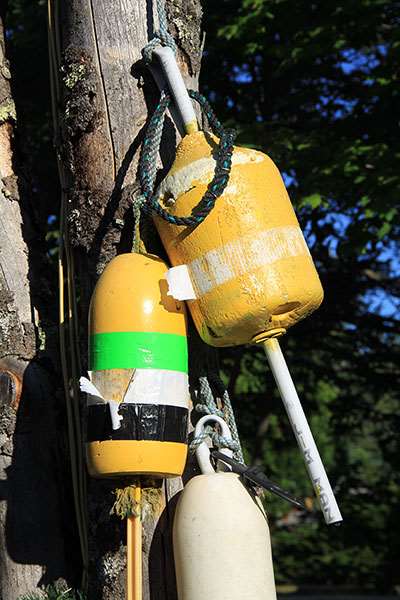
Along what’s known as Seawall is a great place for kids (with adult supervision) to investigate tidepools. Time your visit to coincide with low tide. From the parking areas at Ship Harbor or Wonderland, it’s only a short hike to the seashore. Tides along the central-Maine coast rise and fall anywhere from about seven to as much as 12 feet, so use caution and be prepared for slippery footing on wet and seaweed-covered rocks.
Blackwoods and Seawall are the two primary campgrounds within the park, but many private campgrounds (open to the public) also surround Acadia. Choose a campground near a harbor and in the evening as you drift off to sleep you’ll hear the faint dinging of an offshore bell buoy. In the predawn darkness, the sounds of lobster boats leaving the harbor signals an early start to another fishing day. On misty mornings foghorns warn mariners of rock reefs nearby.
During the day, the memorable sounds of Acadia continue. Male white-throated sparrows whistle their familiar song in the trees, paraphrased, “Old man, Peabody, Peabody, Peabody...” And after a full day of adventure in the park—hiking, biking, sightseeing, swimming, rock climbing, etc.—it’s all too soon night again, and barred owls might be heard overhead, their hoots asking, “Who cooks for you? Who cooks for you all?”
Maine’s most famous food is lobster, and if you like seafood it doesn’t get any fresher than at the many restaurants in Bar Harbor or the various other small towns and villages surrounding Acadia National Park. Lobster traps (known as pots) are everywhere on Mount Desert Island, both in and out of the water. Fishermen mark the location of their traps with buoys, each buoy painted a unique color combination to differentiate it from others.
For outdoor photographers, there is literally a photograph everywhere you turn at Acadia National Park. If you’d like to snap the iconic New England lighthouse shot, Bass Harbor is the place to do it. Bass Harbor Head Lighthouse is located at the very southern tip of Mount Desert Island. From the lighthouse parking lot, follow the trail that begins behind the restrooms. It descends a wooden staircase, leading onto giant, jumbled slabs of granite; the lighthouse will then be on your right. Shooting the scene during early-morning or late-evening light renders the best photos.
A trip “Down East” will produce not only memorable sights, sounds, and tastes, but also smells. For instance, the scent of the sea on an ocean breeze will remain with you long after you leave Acadia. For more information about Acadia National Park, go to www.nps.gov/acad.













